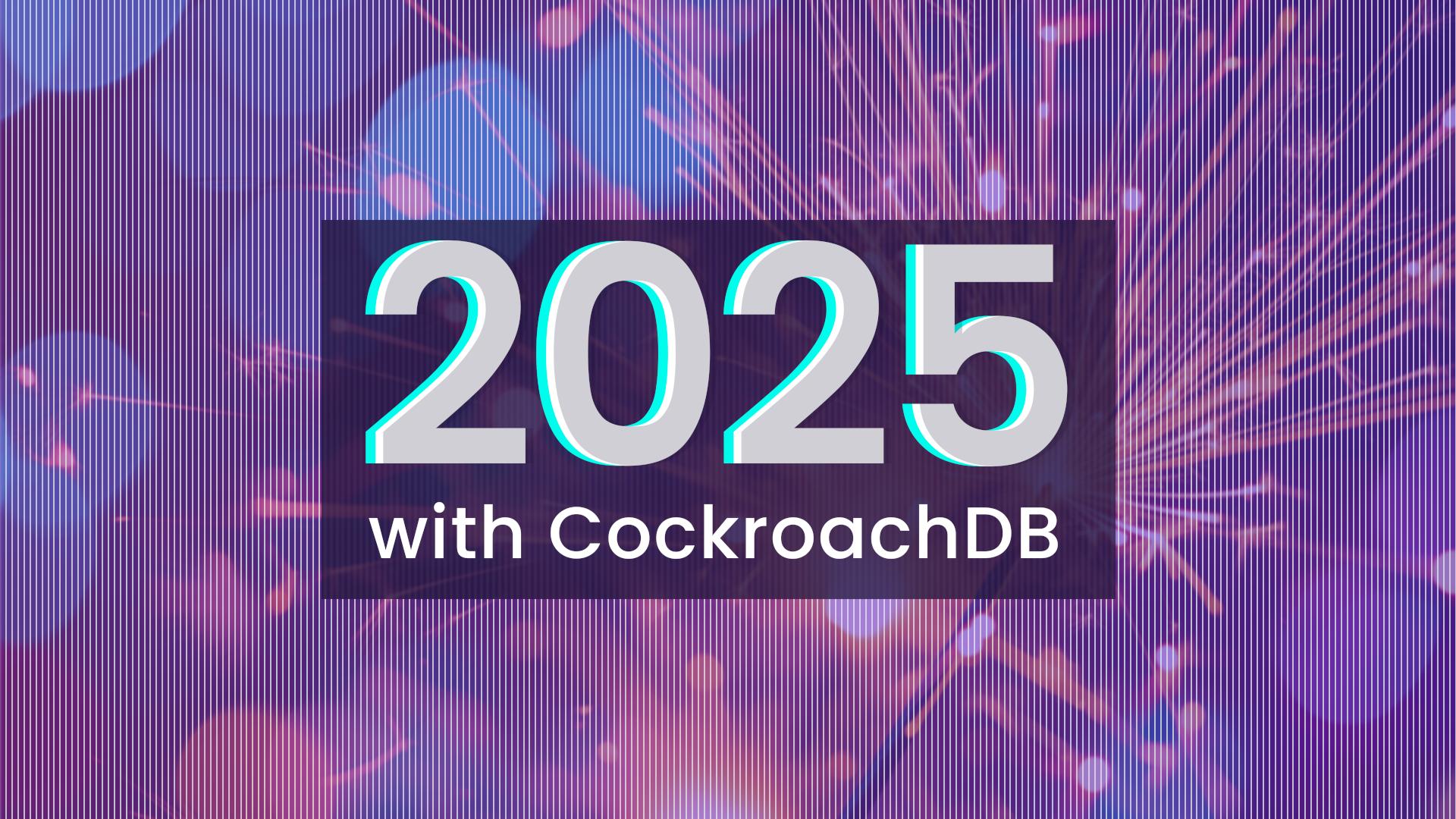Our parents think we work for an extermination company. Accountants do double-takes. Allergists are intrigued. Homeland security agents have extra questions. Delivery drivers make quick, frightened visits to our floor (some refuse to come up at all!).
At conferences people want to know why cockroach and we say, “…because it’s the database you can’t kill…” and the heads nod. CockroachDB is a polarizing name. But software engineers get it.
We recently sat down for interviews with a handful of customers and captured each of their reactions to the name “CockroachDB”:
Origin of CockroachDB
The origin of the name is profoundly simple: Prior to writing a single line of code, co-founders Spencer Kimball and Peter Mattis got together in Spencer’s NYC apartment to hash out the basic design of the database. The name was suggested and it stuck. There were no other contenders.
The first mention of the name that anyone can find is in an email that Spencer wrote to a friend on January 6, 2012,
“We’re getting close to making a decision to build a new open-source data storage solution based on these ideas. Something that implements distributed transactions, arbitrary indexes, and is in-memory. It would be highly available and persistent. Tentative name would be “cockroach”. Very fast, very scalable, very hard to kill.”
There’s nothing tentative about the name today. We’re proud of the resilience in the product, in our company, in our colleagues, and in our name. We welcome all the (unsolicited) feedback - it gives us an excuse to talk about the powerful resilience our users experience.
What does the name CockroachDB mean?
At Cockroach Labs we call ourselves “Roachers”. The word ‘cockroach’ is in our email addresses and scattered across all our open tabs. We proudly wear the logo on our hats, shirts, jackets, and (most recently) our aprons. Suffice it to say that we’re a little desensitized to the ordinary icky connotation of the bug. But we’re not unaware of it.
The truth is that, while the connotation of the common cockroach is unpleasant, the durability of the bug perfectly represents the durability of the database. Consider this excerpt from the first CockroachDB blog published on June 14, 2015. In it, Spencer wrote,
But first, why “Cockroach”? If you can get past their grotesque outer aspect, you’ve got to give them credit for sheer resilience. You’ve heard the theory that cockroaches will be the only survivors post-apocalypse? Turns out modern database systems have a lot to gain by emulating one of nature’s oldest and most successful designs. Survive, replicate, proliferate. That’s been the cockroach model for geological ages, and it’s ours too. It doesn’t hurt that the name itself is resilient to being forgotten.
The name CockroachDB means resilience and scale. These are fundamental properties of the database, of our company, and of the applications that CockroachDB supports.
Customers like Netflix, Starburst, Hard Rock Digital, and others have chosen to build on CockroachDB because of this unique combination of resilience and scale. Our library of case studies has dozens of real-world stories about applications and services that leverage CockroachDB as a datastore for distributed, transactional workloads. Two examples stand out for their focus on the scale and resilience that we share with our namesake:
SALTO Systems: With over 40M daily active users, in 40 different countries, across 3 regions it is imperative that SALTO’s services survive failures and remain highly available to their users at all times.
Stake: After manually scaling their Postgres database a few times (and refactoring a lot of code) Stake chose CockroachDB to help them scale quickly and selectively to account for bursts of traffic in particular regions…all without ever taking the database offline.
We’re grateful for customers like SALTO, Stake, and all the others who heard the name, understood the value, and chose to build powerful apps and services on CockroachDB. We’re grateful to the open-source community, our partner ecosystem, and all the early serverless adopters for their willingness to work with a database named after this six-legged survivalist.
If the sound of the word ‘cockroach’ sends an uncomfortable tingle up your spine, try focusing on the easeful feeling of knowing that your mission-critical applications are consistent, scalable, and resilient on CockroachDB.




